It’s eWeek at Driveline with two brand new EV deals! And we analyse an EV running cost vs petrol to help you work out the savings.
The government ended a raft of cost-of-living subsidies and temporary tax cuts on 1st July, hurting households and small businesses that are already struggling financially with higher mortgage rates, higher food costs and the inflation-driven cost of living increases on EVERYTHING.
The one getting all the press is the government whacking the fuel tax back up by 25c a litre and almost 4c extra GST, resulting in an overnight 29c per litre increase in the cost of petrol.
Diesel didn’t escape either, with the subsidy for road user charges for diesel vehicles also ending.
It’s sucking a lot of cash out of wallets and seeing households and small businesses going backwards in their spending power.
One way to avoid the crippling cost of fuel is to replace your petrol-powered vehicle with an EV that also helps save the planet by emitting zero CO2 while driving.
From early adopter to early majority
With Tesla’s Model S now 11 years into production, and mainstream manufacturers rushing to release their own EVs, we are well and truly past the early adopter phase of EV adoption and entering the early majority phase.
Charging standards
Ford, GM, Mercedes, Rivian and others have recently switched to Tesla’s charging plug, officially known as the North American Charging Standard (NACS).
Up until now, almost all non-Tesla charging stations are installed with the Combined Charging System (CCS) plug, which was the standard that all legacy automakers were expected to follow.
It appears that legacy automakers have collectively snapped out of a state of denial and now want Tesla’s potent Supercharger network for their own customers. They realised they need robust charging infrastructure for the mainstream to embrace EVs.
In the blink of an eye CCS has been effectively rendered not only unfashionable, but soon-to-be defunct.
eDeliver your goods to customers
If your business relies on small vans to transport goods, you’d be a mug to overlook Peugeot’s e-Partner van when doing your research. More about that below.
eDrive yourself to work
If you’re commuting to work or visiting clients by car, have a wee think about the Nissan Leaf. More about that below too.
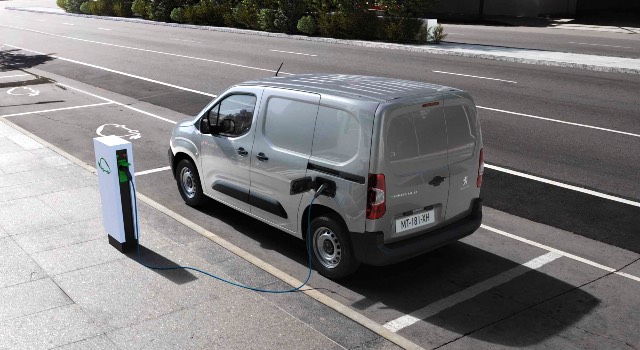
Peugeot e-Partner van: the plug-in Pug
The petrol-driven Partner van has been tried and tested by business users for well over 20 years since it was first launched in 1996. Since January 2021 it has also been available in EV form as the Peugeot e-Partner.
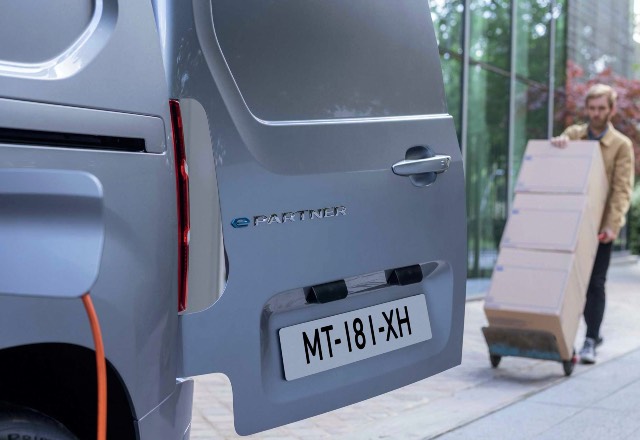
Badge engineering
The same van is also available under a number of other badges: Citroën ë-Berlingo, Opel Combo-e, Vauxhall Combo-e, Toyota ProAce City Electric, and Toyota ProAce City Verso Electric.
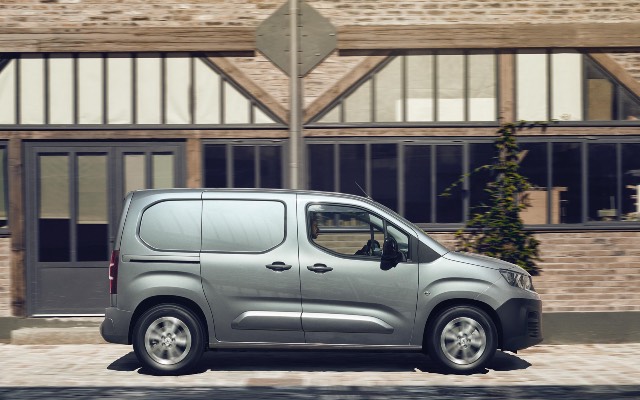
Accolades and awards
Since its international launch, the Peugeot Partner van has garnered accolades all over the world, including the prestigious International Van of the Year in 2019. We’re sure the e-Partner version will soon be sporting its own collection of awards.
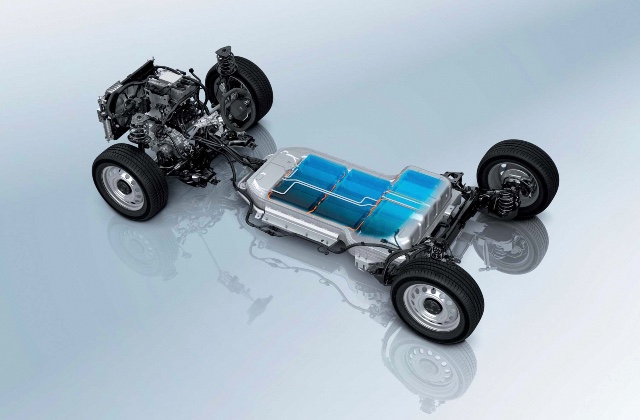
8-year EV battery warranty
Peugeot certainly want you to have peace of mind over the battery pack. They have so much confidence in it that they include an 8-year EV battery warranty on top of the 5-year vehicle warranty and 5-years roadside assistance.
To quote from Peugeot themselves, “The battery is guaranteed for eight years or 160,000 km for 70% of its charging capacity.”
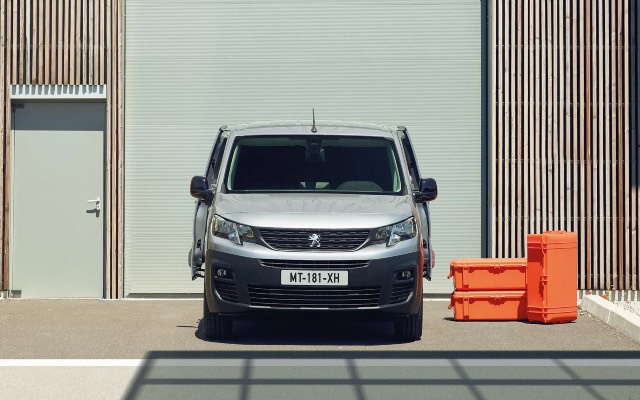
e-Partner EV Running Cost vs Petrol
The government’s GenLess website has a collection of stories, tools and a range of actions you can take that will cut down energy-related greenhouse gas emissions.
We used it to run a head-to-head comparison between the petrol-powered Peugeot Partner van and the electric-powered Peugeot ePartner van over a typical 4-year term and 121,000 km. Check out this table of the EV running cost vs petrol…
EV Running Cost vs Petrol: Head-to-Head Comparison
| EV Running Cost vs Petrol | Peugeot e-Partner (EV) |
Peugeot Partner (petrol) |
| Fuel Cost: (electricity/petrol) |
$4,670 | $18,594 |
| Scheduled Servicing: |
$3,104 | $5,592 |
| TOTAL: | $7,774 | $24,186 |
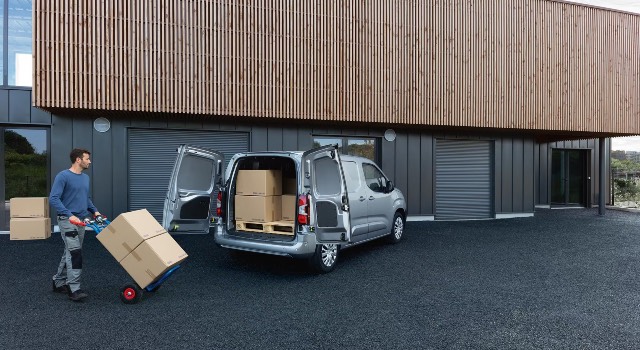
Load carrying capability
The Peugeot e-Partner has the same load carrying abilities as its petrol-powered sibling, which is pretty impressive for a small van.
The useful cargo length is 1.81 m or up to 3.09 m with the Multiflex passenger seat folded down.
Similarly, load volume is 3.3 m³ and up to 3.8 m³ with the Multiflex passenger seat folded down.
For business users wanting more cargo-carrying ability in a smaller van, a long body version is also available.
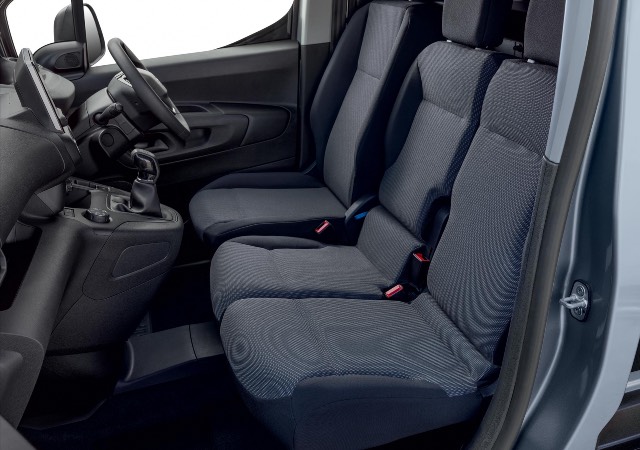
Multiflex bench seat
The modular seat allows 3 people to be seated in the front, perfect for carrying teams and tools.
The seat also allows the loadspace to extend into the forward cabin for extra cargo space. Fold the passenger seat up and open the hatch in the fixed bulkhead and you can carry items up to 3.09 metres long vs 1.81 metres behind the bulkhead.
With the fold-away side passenger seat folded down for extra cargo space, you can still carry two people up front.
Finally, a clever mobile office function completes the equipment thanks to its pivoting writing table integrated into the folding backrest of the central seat. Fold it down to form a laptop/paperwork table that can be adjusted to face either the passenger or the driver.
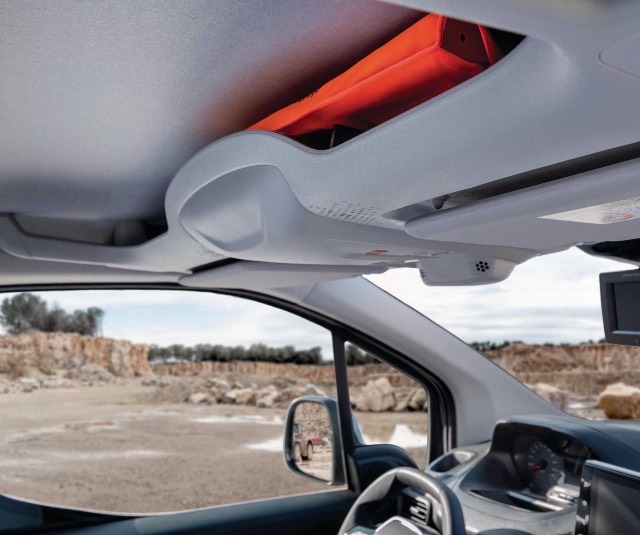
Overall
The Peugeot e-Partner van is perfect for both fashion-conscious businesses who are attracted to a European badge, and all businesses looking for car-like comfort in a small van package.
Peugeot e-Partner van *standard body*
Peugeot e-Partner van *long body*
• • • Get in touch to learn more about our Peugeot e-Partner special monthly payment plan…
|
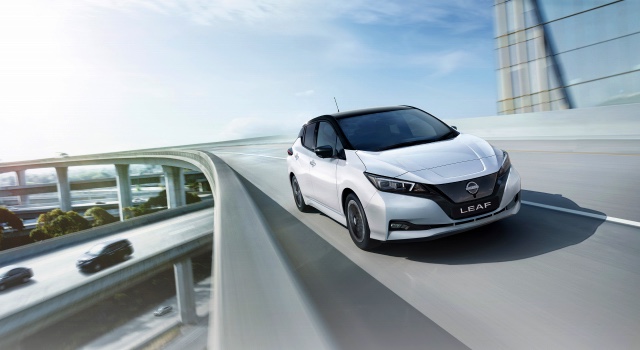
Nissan Leaf
Nissan Leaf EV needs no introduction, having been on the market since 2010. The second generation was introduced in 2017 and was a big step up on the first-gen model.
The Leaf’s range on a full charge has been increased gradually from it original 117 km to 364 km (EPA rated), due to the use of a larger battery pack along with other improvements.
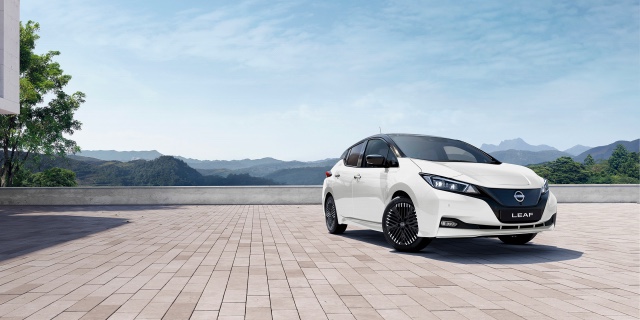
Awards and accolades
Among other awards and recognition, Nissan Leaf won the 2010 Green Car Vision Award, 2011 European Car of the Year, 2011 World Car of the Year, and 2011–2012 Car of the Year Japan.
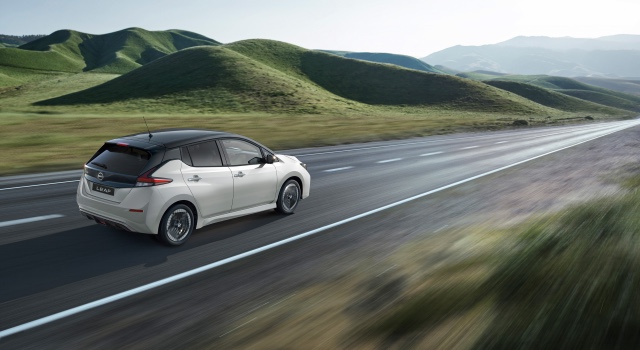
Global sales success
Global sales of the Nissan Leaf totalled 577,000 cars by February 2022, according to Wikipedia. It was the world’s all-time top selling EV right up to the end of 2019, after which it was overtaken by Tesla Model 3.
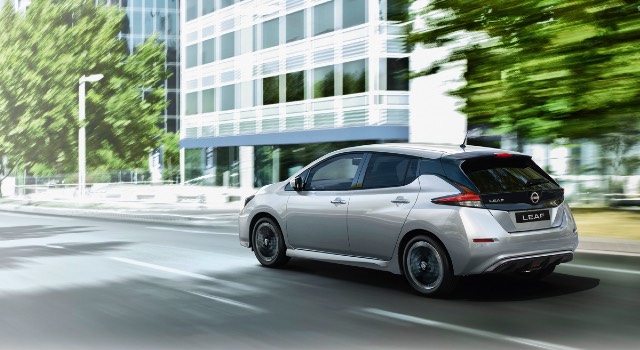
Clean Car Rebate
Under the government’s Clean Car Rebate scheme the Nissan Leaf is currently eligible for a $7,015 rebate when registered after 1st July 2023.
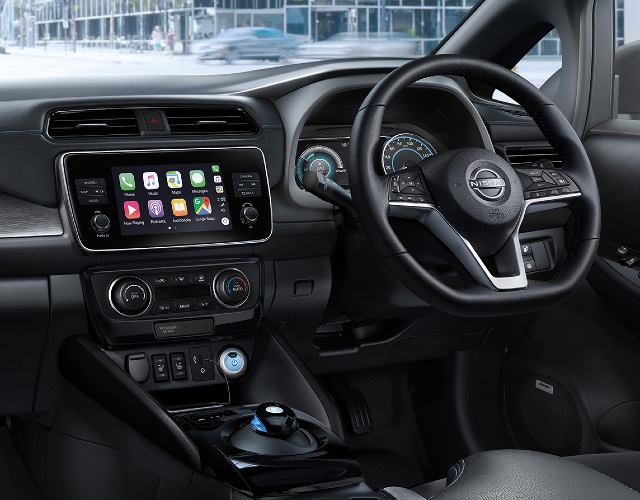
Nissan Leaf 39kW
• • • Get in touch to learn more about our Nissan Leaf special monthly payment plan…
|
